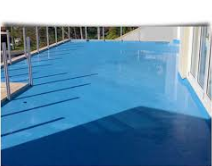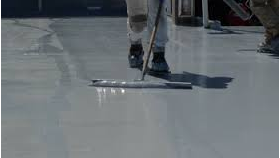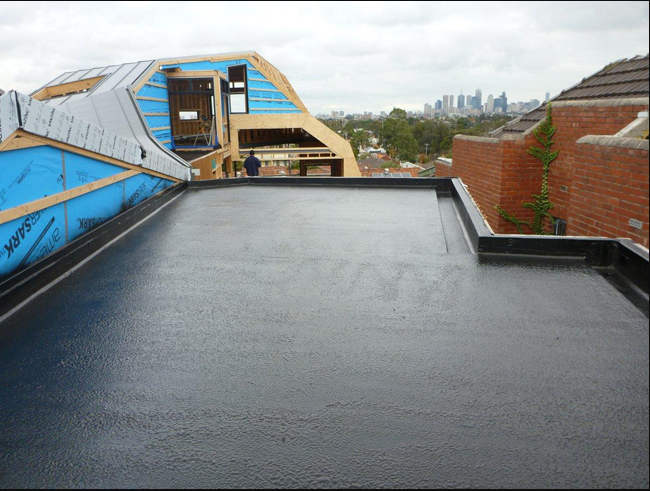Maintenance of old infrastructures and construction of new ones include waterproofing of the structure. This covers surface and basement waterproofing of foundations for durability and longevity. Today’s unpredictable weather elevated water area or flooded location, and rising property value contribute to the need for buildings to be properly maintained and kept in good physical and working condition. Not only should maintenance and upgrades be limited to government infrastructures or commercial buildings, but also your personal properties. You can click on the active link to see the waterproofing services by Waterseal.
Basement sealing
 If you’re planning to renovate your home, one of the makeover projects you should consider prioritizing is basement sealing because of its below-ground location or construction. Hydrostatic pressure, ground water intrusion, and water vapor permeation greatly affect your basement walls, joints, and floors. You have to ensure the protection of your basement’s structural foundation and walls from leaks, cracks, molds, decay, and moisture-related problems. Although waterproofing the interior walls can be easy, the best way still to prevent damage is external wall waterproofing, but waterproofing exterior wall is time-consuming and costly.
If you’re planning to renovate your home, one of the makeover projects you should consider prioritizing is basement sealing because of its below-ground location or construction. Hydrostatic pressure, ground water intrusion, and water vapor permeation greatly affect your basement walls, joints, and floors. You have to ensure the protection of your basement’s structural foundation and walls from leaks, cracks, molds, decay, and moisture-related problems. Although waterproofing the interior walls can be easy, the best way still to prevent damage is external wall waterproofing, but waterproofing exterior wall is time-consuming and costly.
Before you proceed with your basement waterproofing plans, take a look at these factors first, so your project will go as planned:
Assessment
- Check cracks in your walls and fix them
- Check if you have a good drainage outside the house
- Clean the walls thoroughly
- Assess the damage
Cost
Varies depending on the problem and waterproofing solutions you choose
Depends on who will do the waterproofing project: contractors, waterproofing companies
What’s important in the pre-waterproofing stage is that you can assess the problem and attack it with a clear plan. Here are some ways to remedy the damages in your basement:
Condensation
Reduce dampness or humid air by improving ventilation or using a dehumidifier.
Remove shrubs and flower beds that are too close to the foundation to avoid moisture.
Seepage
Check for water settlements in and around your basement, such as windows, gutters, and downspouts that are sloped toward the house.
Install window well covers and downspouts, if you don’t have any.
Slope downspouts away from the house.
Cracks
 Install an interior drain to collect the water and divert it to the pump.
Install an interior drain to collect the water and divert it to the pump.
Use sealants and seal from the outside.
If you’re unsure of how to go about these methods, you can always seek advice or hire a waterproofing company to help you, especially when it involves bigger problems and more complicated waterproofing systems.
If you follow the tips above carefully, you will be able to solve problems that come with poor waterproofing in most buildings.

